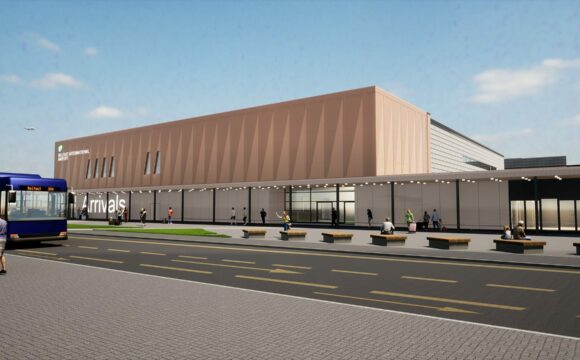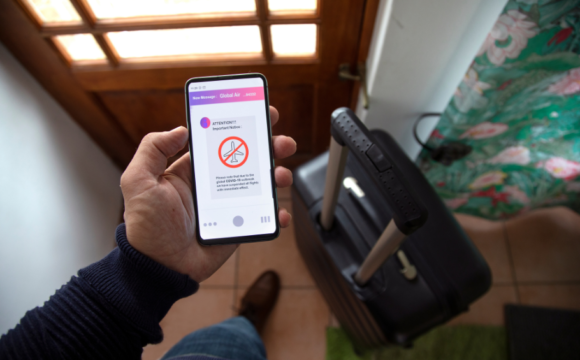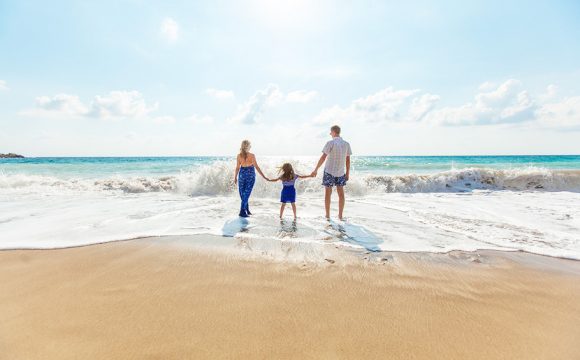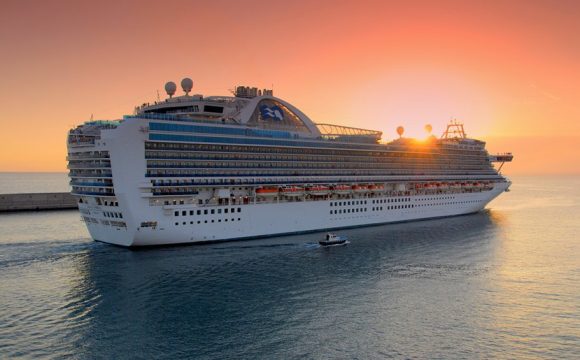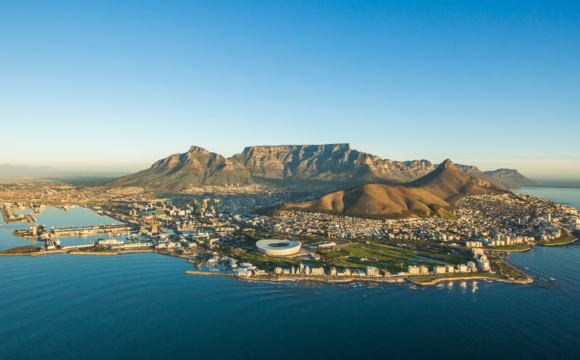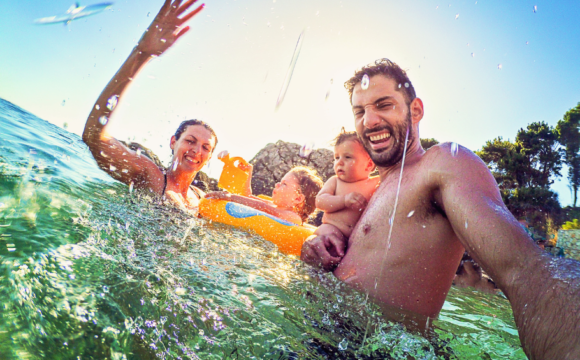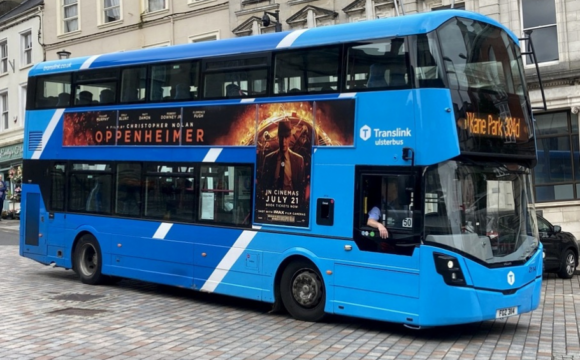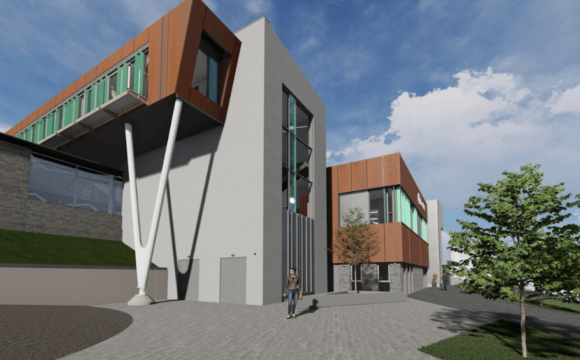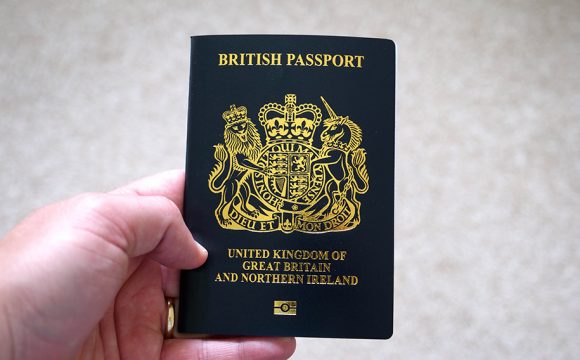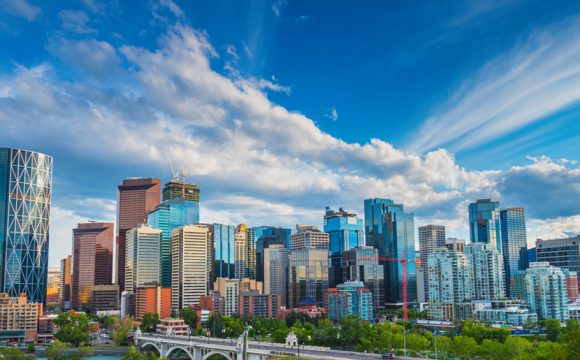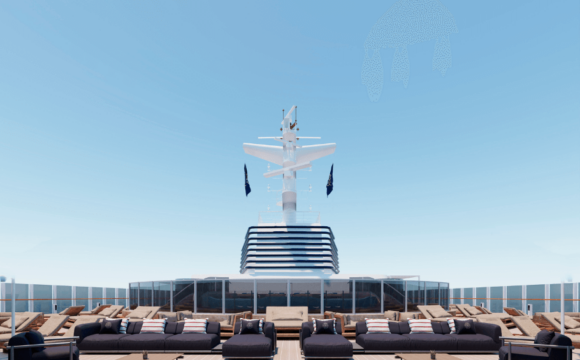27 September 2019
The ultimate visitor guide to eight dark destinations you won’t want to miss…
- National 9/11 Memorial & Museum
Where: New York, USA
History: The National September 11 Memorial is a tribute of remembrance and honour to the 2,977 people killed in the terror attacks of September 11, 2001 at the World Trade Center site and at the Pentagon, as well as the six people killed in the World Trade Center bombing in February 1993.
Photography allowed: Inside the Memorial Museum, personal photos, video, and/or audio recordings are permitted for private, noncommercial use only, unless otherwise posted.
Anything else to know: Visitors to the 9/11 memorial in New York City are being warned to stop throwing coins into the reflective pools as it is against the rules. - Memorial and Museum Auschwitz-Birkenau
Where: Near Krakow, Poland
History: KL Auschwitz was the largest of the German Nazi concentration camps and extermination centers. Over 1.1 million men, women and children lost their lives there.
Photography allowed: Taking pictures on the grounds of the Auschwitz-Birkenau memorial, without flash and stands is allowed. The only exceptions are in the hall with the hair of Victims (block nr 4) and the basements of Block 11.
Anything else to know: Visitors to the grounds of the Museum should behave with due solemnity and respect. Visitors are obliged to dress in a manner befitting a place of this nature. Before visiting it is also suggested to read the rules which can be found on the website. - Hiroshima Peace Memorial Museum
Where: Hiroshima, Japan
History: On August 6th, 1945, an atomic bomb detonated at approximately 600 meters over downtown Hiroshima. Severely devastated, Hiroshima became the world’s first city to be attacked by an A-bomb. The Hiroshima Peace Memorial Museum conveys to the world the horrors and inhumane nature of nuclear weapons and spreads the message of ‘no more Hiroshimas’.
Photography allowed: Video and photography without flash is allowed for personal purposes. However, tripods and selfie sticks are not allowed in the museum.
Anything else to know: When visiting please do not touch any of the exhibits or display cases, keep quiet as to not disturb other visitors and no large bags. - Chernobyl
Where: Pripyat, Ukraine
History: On April 25 and 26, 1986, the worst nuclear accident in history unfolded in Chernobyl as a reactor at a nuclear power plant exploded and burned. 30 years on, scientists estimate that the zone around the former plant will not be habitable for up to 20,000 years.
Photography allowed: You can take pictures of everything at Chernobyl excluding the campus of Chernobyl nuclear power plant and at the checkpoints with the guards.
Anything else to know: The threat of radiation is still a problem at Chernobyl, although levels have decreased significantly enough that the Ukrainian government allows visitors if they are with a tour guide and follow the guidelines laid out by tour companies.
Prohibited tourist attire, according to Chernobyl Tour, includes: shorts, short trousers, skirts, open footwear, and short sleeves. Prohibited behaviour includes: eating, drinking and smoking in open air; touching buildings, trees, plants; gathering and eating mushrooms, berries, fruit, and nuts in forests and gardens of the abandoned settlements, sitting on the ground, putting photo and video cameras, bags, backpacks and other personal belongings on the ground. - Murambi Genocide Memorial
Where: Near Murambi, Southern Rwanda
History: Nyamagabe (formerly called Gikongoro) and the satellite town of Murambi was the site of one of the most unforgettable horrors of the 1994 genocide. Refugees flocked to Murambi, the location of a half-built technical college, after being told that they would be safe there. It was merely a ploy though and on 21 April the army and Interahamwe militia moved in and, depending on who did the counting, between 27,000 and 40,000 people were murdered here.
Photography allowed: As with most of the other National Genocide Memorials, photography is no longer permitted inside
Anything else to know: This is by far the most graphic of the many genocide memorials in Rwanda, as hundreds of bodies have been exhumed and preserved with powdered lime, and appear as they did when the killers struck. As a result, Murambi can be overwhelming, and not everyone can stomach it. - Alcatraz
Where: San Francisco, USA
History: A former notorious maximum-security federal prison that housed the likes of Al Capone and Machine Gun Kelly,
Photography allowed: There are no restrictions on cameras or videos.
Anything else I should know: You can stay on Alcatraz Island as long as you like, but allow at least 3 hours for cruising to the Island, taking the Cellhouse audio tour, exploring the rest of the Island and its historic exhibits and returning via ferry to Pier 33 Alcatraz Landing. It is recommended that you line up half hour prior to your departure time. - The Ruins of Pompeii
Where: Pompeii, Italy
History: The eruption of Mt. Vesuvius in 79 C.E was many thousands of times greater than an atomic bomb and the entire population was wiped out, but the ash preserved much of Pompeii providing an extraordinary insight into the life of a city during Roman times.
Photography allowed: Video and picture taking is allowed for personal use only.
Anything else I should know: The Pompeii site is vast. If you have a deep interest in the subject matter you will need all day, most leisure tourists may spend two hours, three hours at most. - The Killing Fields of Choeung Ek, near Phnom Penh
Where: Situated 15 kilometers south-west of Phnom Penh, Cambodia
History: Between 1975 and 1978 about 17,000 men, women, children and infants who had been detained and tortured at S-21 were transported to the extermination camp of Choeung Ek. It is a peaceful place today, where visitors can learn of the horrors that unfolded here decades ago.
Photography allowed: Photography is allowed.
Anything else I should know: Women will need to cover their knees and shoulders.


